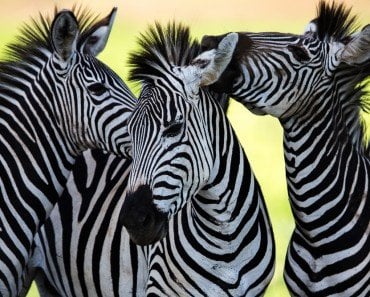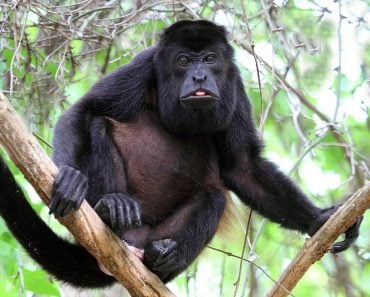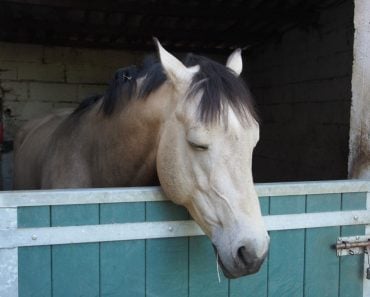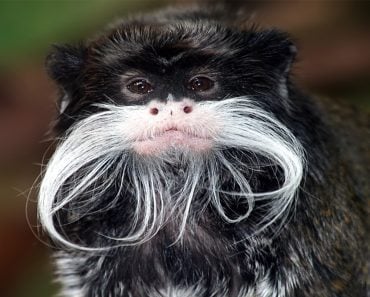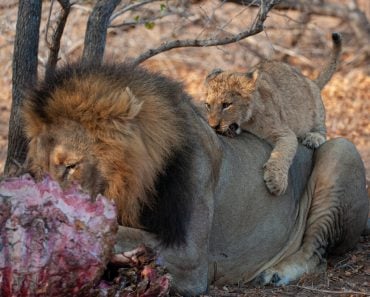Table of Contents (click to expand)
Horses tails are different from zebras and donkeys because they are shorter and have less hair. The reason for this is because horse tails are used for protection from cold weather conditions, while zebras and donkeys are used for protection from flies.
Horses are truly stunning creatures; they can start running within hours of their birth, can differentiate between sweet and sour, and can even sleep in a standing position! One particular trait, however, that sets them apart from their close relatives (donkeys and zebras), as well as every other animal, is their tails.
Have you ever wondered why horse tails are so different from ‘regular’ tails? Let’s find out.
Recommended Video for you:
Meet The Horse
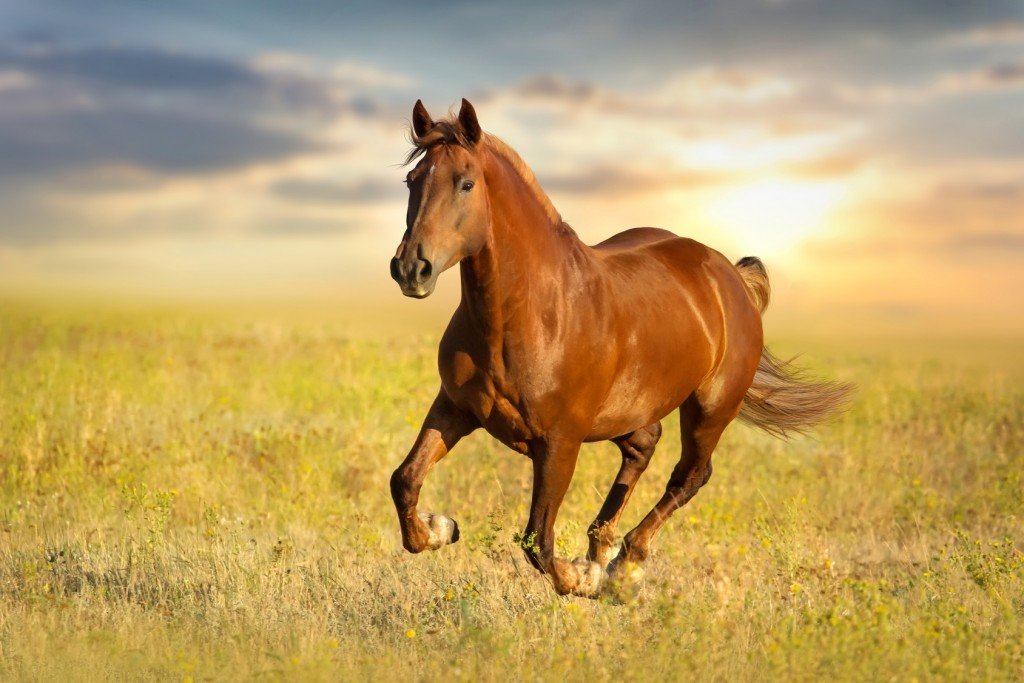
The horse (scientific name: Equus ferus caballus) is an odd-toed ungulate (mammals that have an odd number of toes) that has evolved over a period of 40-50 million years from a small, multi-toed mammal to the majestic animal it is today. Humans began to domesticate horses around 2000 BC and soon found out that they were an asset… and an indispensable one at that! Horses soon became an integral part of human life and progress, thanks to their immense body strength, stamina and unmatched speed.
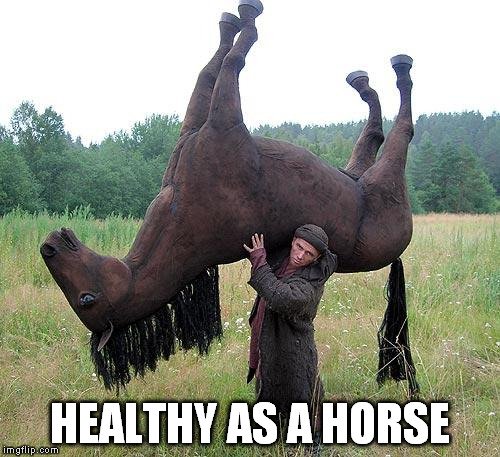
Horses belong to the genus Equus, which also includes a few other species in the Equidae family. Zebras and donkeys belong to the same family; therefore, they are reasonably similar to horses in terms of appearance.
However, there are a few important differences, including, as mentioned above… their tails!
Not Your Average Tail…
If you ever paid attention, you would have seen that the tails of horses are significantly different from those of zebras and donkeys. Although all of these animals belong to the same family, zebras and donkeys have tails with tufts. Such tails (also found in other grazing animals) offer the best means for donkeys and zebras to swat flies. Their tails, undoubtedly, are quite useful as fly swatters, but apart from that, they don’t have much use.
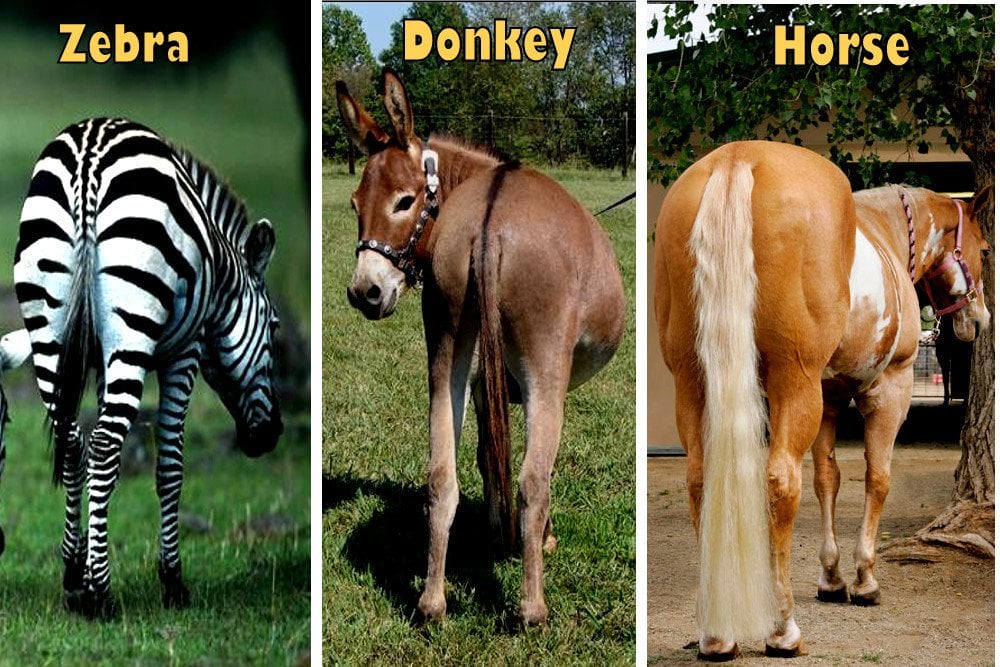
Horses, on the other hand, have a very unique tail. It appears to be a fountain of hair sprouting from a horse’s hindquarters. Also, compared to many other animals, horse tails are shorter. The central part of the tail, known as the ‘dock’, comes down (on average) to just below the buttocks. It is made of both skin and muscle and is covered with long hair. It’s basically a natural extension of the horse’s spine.
Why Do Have Horses Have Such Unique Tails?
One word… climate!
Climate has played a key role in shaping horses’ tails to the way they appear today. Horses’ close relatives, i.e., zebras and donkeys, have always lived in warm conditions. Zebras are tropical beasts, whereas donkeys are desert animals. Since the climate conditions in which they thrived were mostly warm to hot, they had little use for a hairy tail to add to their woes.
Horses, on the other hand, evolved on the North American plains and later moved across the Bering Strait land bridge to Asia. Both of these places are known to get very cold during the winter, so nature had to equip these majestic beasts with something that could help them survive in such conditions. And what accessory could nature possibly provide them with over thousands of years of evolution?
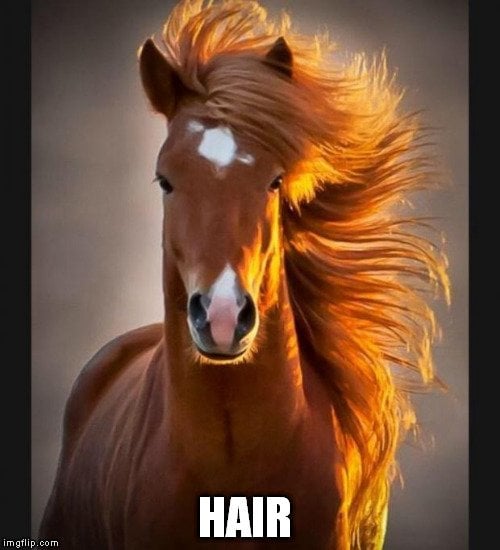
Yes! That’s the reason that horses evolved such shaggy manes (horses’ manes have more hair than zebras and donkeys) and long, large furry tails.
The Purpose Of Horses’ Hairy Tails
The most important function of a horse’s tail is protection from cold. When a horse is cold, it tucks its tail between its buttocks to shield that area underneath, which is almost hairless. Like other animals, a horse’s tail also functions as a fly swatter.
Apart from performing such physical functions, it’s also believed that a horse’s tail also gives some insight into the animal’s mood and emotions. If the tail is tucked between the buttocks, it can be assumed that the horse is either cold or is fearful or nervous. If, on the other hand, the tail is lifted over the back, it means that the horse is in high spirits or excited.

Protection from harsh weather conditions, a fly swatter, and a means to express their emotions, what else could you want from a tail?


